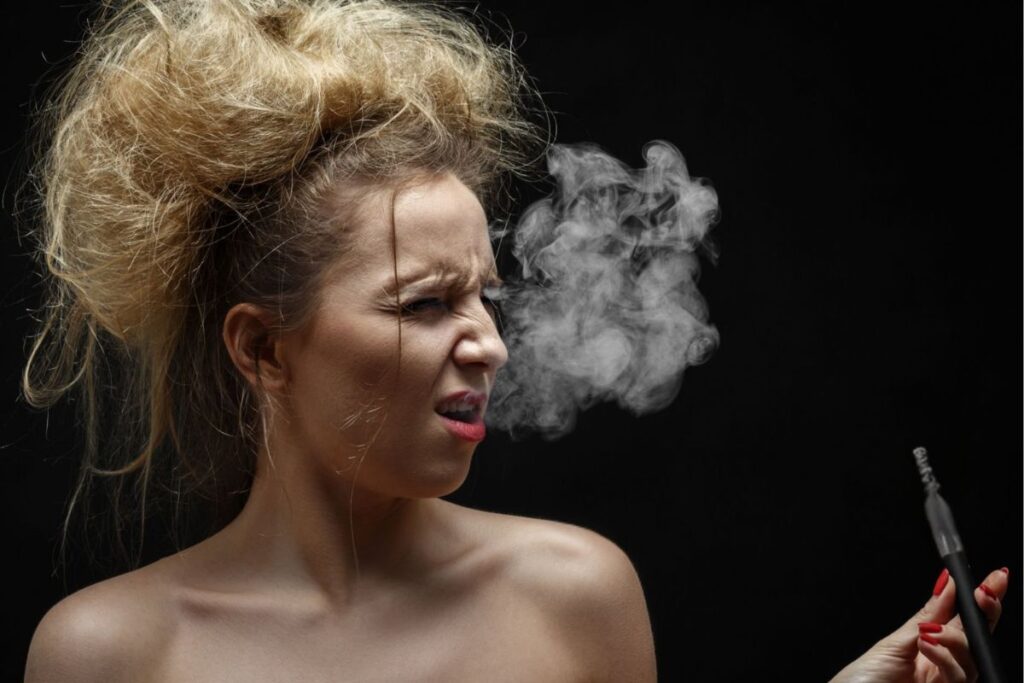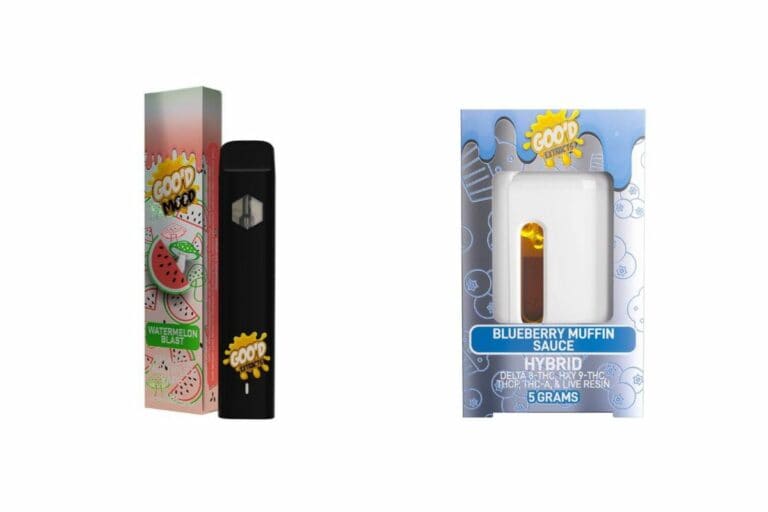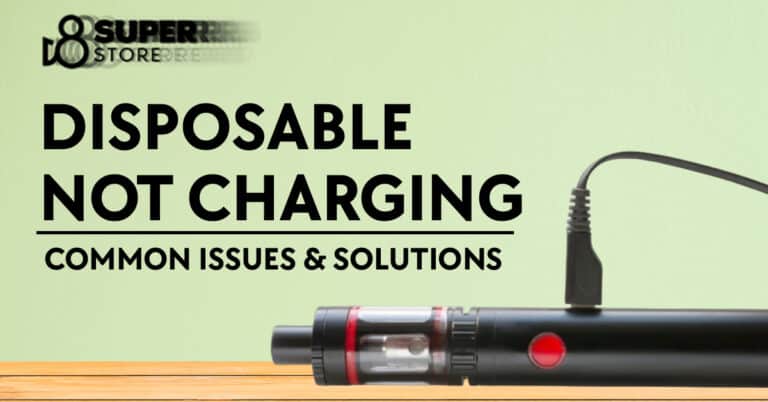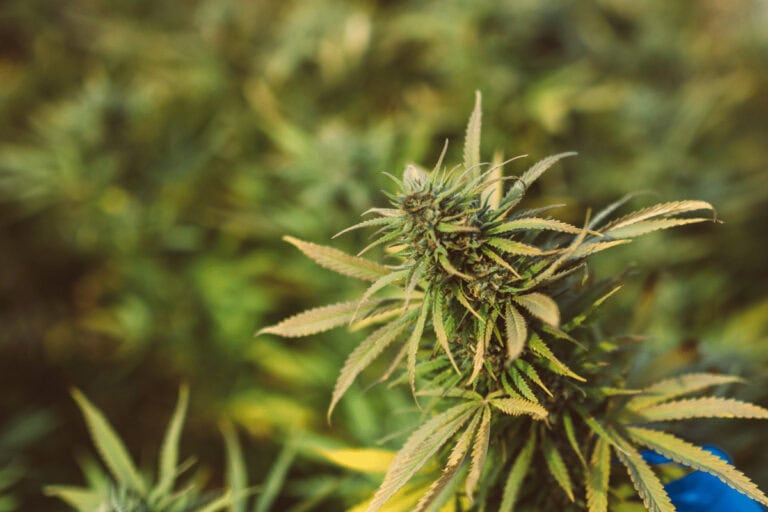Understanding Why Vape Carts Make You Cough: Causes and Solutions
Using vape carts should be a top-rated experience for anybody each time, but beginners and even experienced users sometimes struggle with the problem of coughing each time they use their carts, which, of course, affects their overall enjoyment of the vaping process.
As such, in this post, we’ll show you why your vape cart may be making you cough, and the things you can do to ensure you have a smoother, more pleasurable time with your vape cartridge.
If you’re ready, let’s get into it:
Why do vape carts make you cough?
The chain reaction our body triggers when we start vaping that may lead to coughing is not so different from what happens when we vape nicotine. Let’s deive into these causes in more detail:
Improper Vaping Techniques
When you inhale deeply or rapidly while using your cart, you may overwhelm your respiratory system, leading to coughing. Also, when you exhale too forcefully or quickly, you can experience aggravated throat discomfort and coughing. This is more common in beginners or users with respiratory disease.
Temperature Settings
For many vapers, another common issue that may worsen throat irritation is the temperature of the cart. For instance, the hotter the vapor at higher temperatures, the more likely you are to experience coughing and breathing difficulties. Solving this will require you to adjust voltage or airflow settings while using your vape cart – it’s how you’ll get to regulate vapor temperature and minimize throat irritation.
Vapor temperature can also cause throat irritation. When the vapor is hotter or at a higher temperature, you may experiecne coughing and breathing difficulties. A way around this is to adjust the voltage or airflow settings.
Vape Juice ingredients

Another common factor that can cause coughing is the content of your vape juice. Propylene glycol (PG), for example, is a common base in vape juice known for efficient vaporization and flavor delivery. Some users may experience throat irritation or itching due to their sensitivity to PG.
Likewise, high concentrations of vegetable glycerin (VG) have been known to lead to throat irritation and dry mouth, especially in people with respiratory sensitivity, because VG produces denser vapor clouds.
There are also certain flavorings and additives in vape liquid that may contribute to throat irritation, dryness, or allergic reactions. An example of this is the nicotine content in vape juice that affects the throat sensation.
Studies show that higher nicotine concentrations, especially those in freebase form, can be harsher on the throat and induce coughing for deep inhalers or users who are more sensitive to nicotine. If you fall into this category of users, we advise that you use nicotine salts, as they are formulated for smoother delivery and a gentler vaping experience, which reduces coughing.
Poor Vape Device Maintenance
Not properly maintaining a vape cartridge can also cause coughing. If you use your cart with burnt coils to vape, the reaction can irritate the throat, leading to coughing. To prevent this, we recommend that you prime your coils before use.
Avoid chain vaping, and vape at temperatures suited to the coils to prevent them from burning. It is also helpful to regularly swap out coils based on your use and match vape coils with their appropriate tank. Part of proper device maintenance is making sure you use high-quality vape products in the first place because they are essential for minimizing health risks.
Low-quality or counterfeit vape juices can contain impurities or undisclosed harmful substances that can increase throat irritation and coughing. So, purchase your carts from reputable brands that provide detailed ingredient information and adhere to safety standards.
Smoking to Vaping
Users who are in a transition from smoking to vaping are also prone to coughing as there are adjustments in the body. Regular smoking comes with the risk of damage to the cilia in the respiratory tract. However, once you quit smoking, the damaged cilia will start working properly again and clear the buildup of deposits in your lungs by creating mucus. The result of this on the body is usually coughing. Thankfully, this issue shouldn’t pose too much of an issue, since these coughing issues are expected to clear up within a few weeks of stopping.
The Role of E-Liquid in Coughing
| Factor | How It Contributes to Coughing | How to Reduce or Stop It |
|---|---|---|
| PG/VG Ratio | High Propylene Glycol (PG) can cause throat irritation | Switch to higher VG (Vegetable Glycerin) e-liquids (e.g., 70VG/30PG) |
| Nicotine Strength | High nicotine levels can trigger throat hit and coughing | Choose lower nicotine concentrations or switch to nicotine salts for smoother hits |
| Flavorings & Additives | Certain artificial flavors (like cinnamon or menthol) can irritate airways | Try unflavored or natural-flavor e-liquids |
| E-Liquid Quality | Poor-quality or contaminated liquids may cause harshness and irritation | Always buy from reputable brands with third-party lab testing |
| Inhalation Technique | Inhaling too deeply or too fast can cause coughing | Use slow, gentle draws—especially if switching from smoking to vaping |
| Dry Hits or Overheating | Vaping at high wattage or with low e-liquid levels burns the coil, causing cough | Keep the tank filled and adjust wattage to recommended levels for the coil |
| Allergies or Sensitivities | Some people are sensitive to PG or specific flavoring agents | Try hypoallergenic or PG-free e-liquids |
| New Vapers’ Adjustment Period | Beginners often cough while adjusting to vapor vs. smoke | Give your body time to adapt, and stay hydrated |
Having explained how possible ingredients in your vape cart’s juice can cause cough, it’s worth looking at how its primary ingredient, e-liquids, lead to coughing, in more detail:
PG vs VG
Propylene glycol (PG) is a common component in vape juice known to cause throat irritation and coughing in some users. The reason for this is its dehydrating properties, giving it the potential to irritate mucous membranes. This explains why it is common for users who may be sensitive to PG to experience symptoms like an itchy throat or coughing fits. An effective solution for this is to switch to e-liquids that have a higher concentration of vegetable glycerin (VG), as these are smoother and less irritating.
Nicotine Types
As earlier shown, the type of nicotine used in e-liquids can also affect throat comfort. To illustrate, many standard e-liquids contain freebase nicotine, which has a higher pH level and can result in a harsher throat hit and increased coughing.
On the other hand, nicotine salts have a lower pH level. They provide a smoother experience while inhaling and make throat irritation less likely. This is why nicotine salts are the go-to remedy for users who find freebase nicotine too harsh.
Flavorings
Flavors used in vape juices can contribute to respiratory discomfort. For instance, certain flavoring compounds like diacetyl and cinnamaldehyde have been found to be linked to lung irritation and respiratory diseases like bronchiolitis obliterans, also known as “popcorn lung,”.
To avoid this, users are advised to go for e-liquids without harmful additives and to purchase only vaping products with transparent ingredient listings.
How Quitting Smoking Affects Vaping

As with tobacco smoke, when an individual stops smoking cannabis, the lungs immediately begin a healing process. However, recovery can be gradual depending on the extent of prior damage.
Vaping is a more popular way to consume cannabis without having to deal with the level of damage that smoking brings. Still, vaping sometimes introduces toxic substances into the lungs that can adversely impact the healing process.
A good example of this is the aerosol from e-cigarettes. This contains chemicals like nicotine, acrolein, and heavy metals, which can cause inflammation and damage to the lung tissue. This is why even after quitting smoking, e-cigarettes can pose risks to lung health.
Moreover, transitioning from smoking to vaping generally does not guarantee that the risk of developing serious respiratory conditions is removed.
According to studies, former smokers who now use e-cigarettes may become more prone to lung cancer, especially compared to those who abstain from both smoking and vaping altogether. This hints that the harmful effects of smoking may linger and even worsen if the user continues with e-cigarettes.
Meanwhile, the long-term effects of vaping are not fully understood. What we know is that continuous exposure could lead to chronic respiratory issues. So, if you’re an ex-smoker looking to ensure your lung health, you may want to avoid vaping altogether and seek alternative methods to support recovery.
Minimizing Coughing When Vaping
| Factor | Cause of Coughing | How to Minimize or Prevent Coughing |
|---|---|---|
| PG (Propylene Glycol) Content | High PG can be harsh on the throat and cause irritation | Opt for higher VG (Vegetable Glycerin) e-liquids to reduce throat irritation |
| Nicotine Strength | High nicotine levels can lead to throat hit and coughing | Choose lower nicotine strengths or nicotine salts for smoother hits |
| Inhalation Technique | Inhaling too deeply or too quickly can irritate the throat | Use slower, gentler draws and avoid deep inhaling |
| E-Liquid Temperature | High temperatures can cause dry hits or a harsh experience | Avoid overheating the coil; ensure your wattage is within recommended limits |
| Dehydration | Dehydration from vaping can cause throat dryness and coughing | Stay hydrated by drinking plenty of water before and after vaping |
| Allergies or Sensitivities | Sensitivity to certain ingredients or flavorings (e.g., PG) | Try hypoallergenic, PG-free, or natural-flavored e-liquids |
| Coil Maintenance | Old, dirty coils can create a burnt taste and irritation | Regularly clean or replace your coils to maintain a clean vaping experience |
| Airflow Settings | Restrictive airflow can cause increased throat irritation | Adjust airflow to ensure smooth and comfortable vaping |
| Vaping Frequency | Over-vaping can irritate the throat and cause coughing | Take breaks between vaping sessions to avoid overuse |
One way to reduce coughing while vaping cannabis is to adjust the temperature settings on your vaporizer. Since high temperatures can produce hotter, more irritating vapor that may trigger coughing, kicking off at a lower temperature (think around 370°F/188°C), and gradually working your way up gives your body room to acclimate to the vapor’s intensity.
Doing it this way not only minimizes throat irritation but also helps preserve the flavor and therapeutic compounds in cannabis. Many vaporizers offer variable heat settings, enabling you to find the optimal temperature that provides a smooth experience without compromising on the desired effects.
Another effective method to prevent coughing is to modify your inhalation technique. Instead of taking deep, rapid draws, opt for slow, steady, smaller puffs. Inhale cannabis smoke gently and allow the vapor to linger in your mouth before drawing it into your lungs to avoid throat irritation. We also recommend spacing out your hits by a few seconds to give your vape device some time to properly vaporize the cannabis, resulting in a smoother inhalation. This technique not only lessens the harshness of the vapor but also creates an enjoyable vaping experience.
The type of cannabis product you use plays a crucial role in your vaping experience. Some vape oils contain additives like propylene glycol or artificial flavorings, which can irritate the throat and lungs, leading to coughing. However, high-quality, additive-free products give you cleaner vapor and less risk of adverse reactions. When you are more mindful of what products you use and maintain good hydration levels, you can enjoy a more comfortable and enjoyable vaping session.
Preventing Dry Throat and Coughing

As earlier explained, vaping can lead to dehydration, which in turn causes dryness in the throat and mouth. This then increases your chances of coughing.
Avoid Dryness
When it comes to treating and preventing coughing, dryness in the mouth is the enemy. So you want to drink a lot of water before, during, and after your vaping sessions, as this helps to maintain moisture in the throat that then reduces irritation and discomfort. Warm fluids like herbal teas can also help in soothing the throat and curing dryness.
Humidifiers are another way to create an environment that adds moisture to the air, further preventing throat dryness associated with vaping.
Vape Device
Ultimately, the structure and content of vape cartridges play a huge role in your throat’s comfort, as they contain artificial flavorings, harsh additives, and certain terpenes that may irritate the throat more than vapes with natural ingredients.
We recommend that you choose vape products that list natural ingredients or minimal ingredients, while avoiding vapes with propylene glycol (PG) or other additives known to cause throat irritation. These products will ensure your safety by helping you avoid the risk of inhaling harmful substances that may lead to coughing and discomfort in your throat.
Vaping Technique
Another technique we recommend is for you to adjust your vaping technique. When you take slower, gentler inhales, the vapor makes it way direct to lungs with less impact, thereby limiting the shock to your throat and airways and reducing irritation.
Avoid forcefully inhaling, especially when your vape is high-powered. High-powered vapes stand the risk of overwhelming your throat with the vapor’s heat and density. Also, making sure your device is set to an appropriate power level can prevent the production of excessively hot vapor, which can irritate the throat and lead to coughing.
Vape Maintenance
Regularly maintaining your vape is another way to ensure a comfortable experience, as over time, residue can build up, affecting the quality of the vapor and potentially introducing irritants that cause coughing.
Clean your device regularly and replace its coils or cartridges as recommended by the manufacturer. Doing this helps you ensure you’re inhaling clean vapor, which enhances our vaping device’s effectiveness. More importantly, it reduces the risk of throat irritation and coughing, often linked to contaminated or degraded components.
Conclusion
Experienced vapers know too well that coughing shouldn’t lead you to put down your favorite hobby, not when a few simple adjustments can make all the difference. Since dehydration is a major symptom, a smart approach is to keep water nearby to soothe your throat and prevent irritation.
Your vape cart quality matters, too. Cheap or overly harsh oils can trigger coughing, so opt for smoother, lab-tested options with balanced PG/VG ratios. Also, don’t overlook maintenance to ensure your device works, since a clogged or dirty vape pen can produce harsher hits. You should regularly clean and properly store your vape cart to ensure a cleaner, smoother draw every time.
Apply these tweaks, and you can enjoy a smooth, satisfying, and uninterrupted vaping experience.







